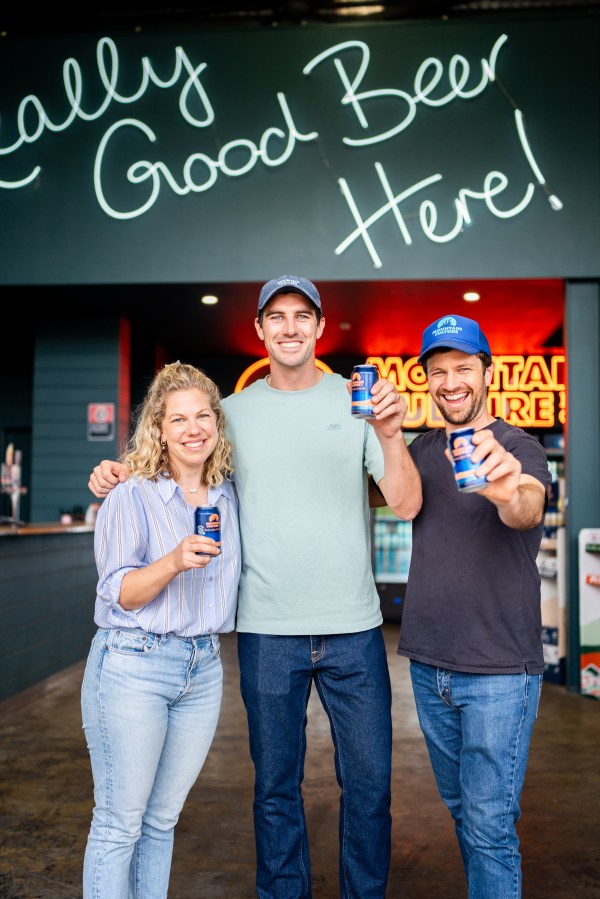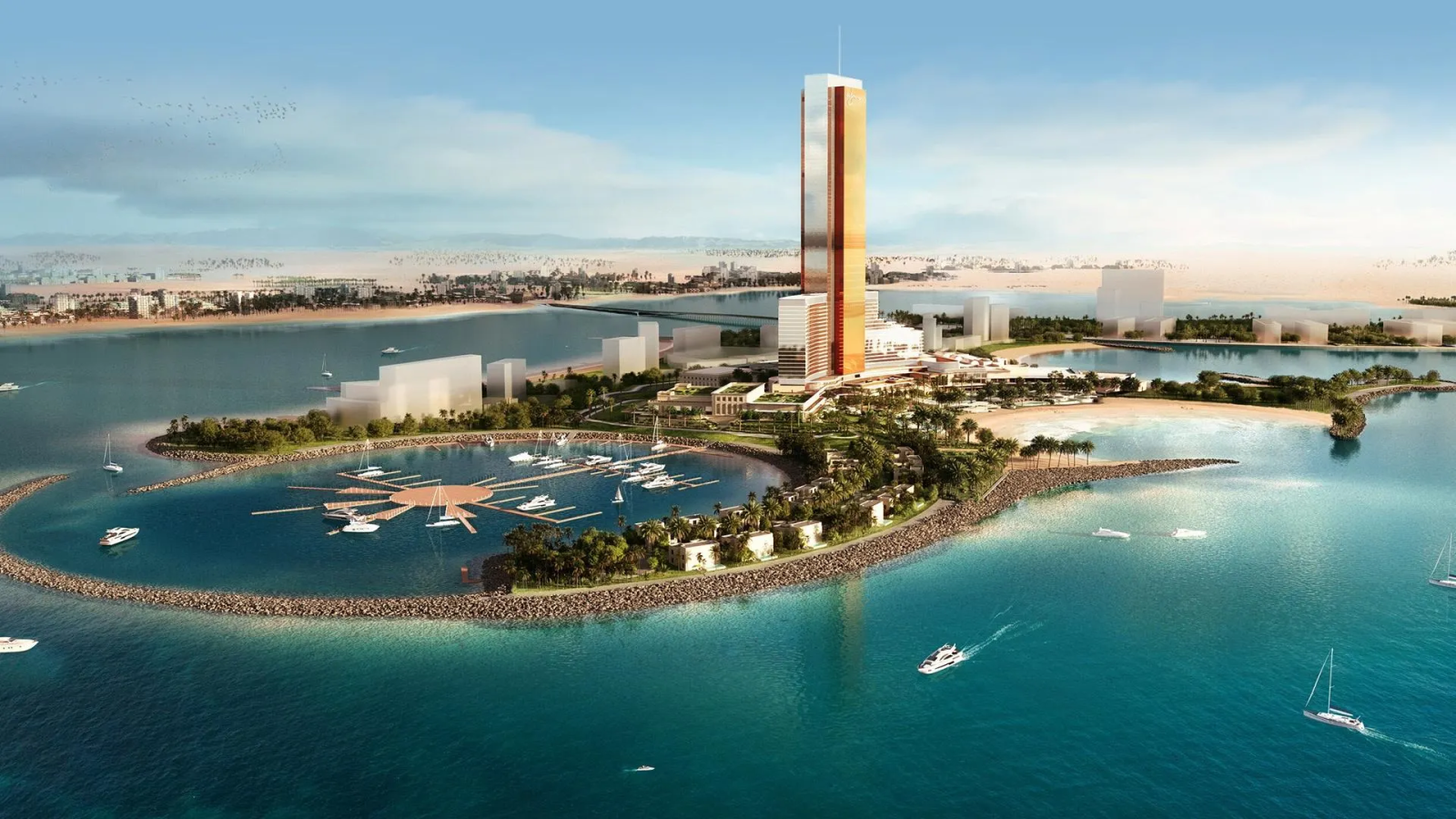Uber is imagining a world where people don’t own cars. So they paid 58 Australians to leave theirs at home for four weeks. Here’s how it went.
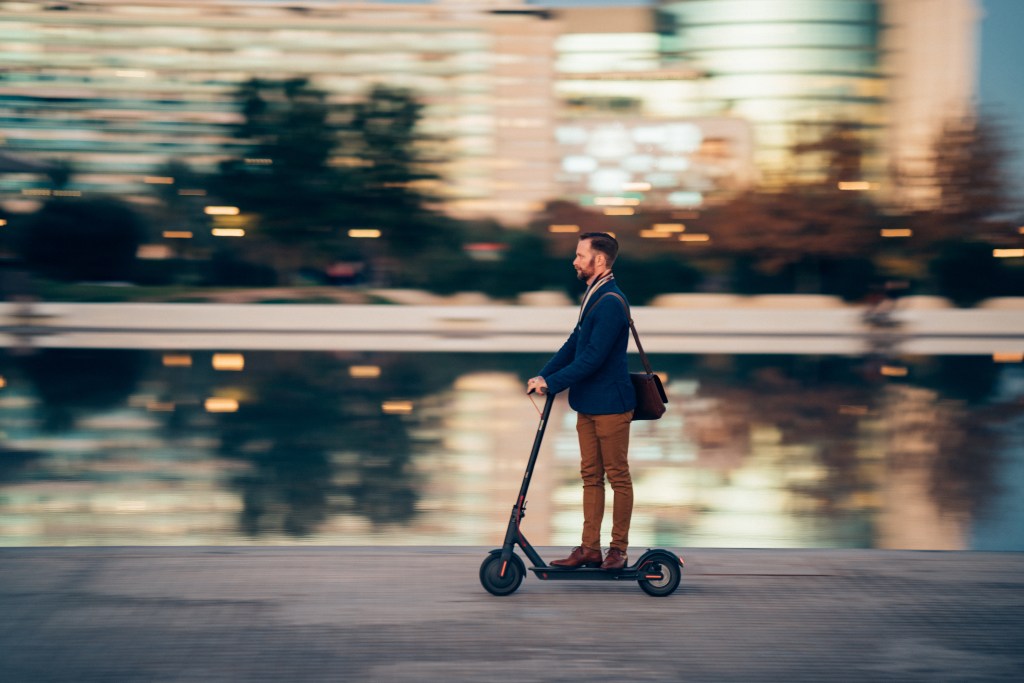
Key Background
- Australians buy 750,000 new passenger cars and SUVs a year.
- 52% of households own two or more cars.
- There are 15.1 million private cars on the road.
- Car ownership is 38% higher than the UK and 20% higher than Germany respectively.
- Between 2001 and 2021, car registrations increased by 51%, while the population grew 37%.
- In contrast, the distance travelled by each car fell by 25%.
- Households spent at least $78 billion annually on owning and operating cars, compared to $79 billion on health, and $113 billion on food.
- The average two-car Australian household spends about $325 per week on their cars.
Having spent a lifetime with senior roles in the auto industry, James Russell was surprisingly keen to jump on board an experiment designed to persuade people to own fewer cars – especially for someone who has had up to four vehicles parked at his Melbourne home.
Russell, now a consultant who previously worked as the local CEO for German car parts giant RF, says he got where he did because he liked to question everything. So when he saw Uber’s ad offering to pay people $1,350 – in cash, public transport credit and Uber credits – to leave their car at home for a month, he jumped at it. “You need to question everything you do and why you do it and then use trials like this to put it into practice because to change the way you go about things takes years,” says Russell.
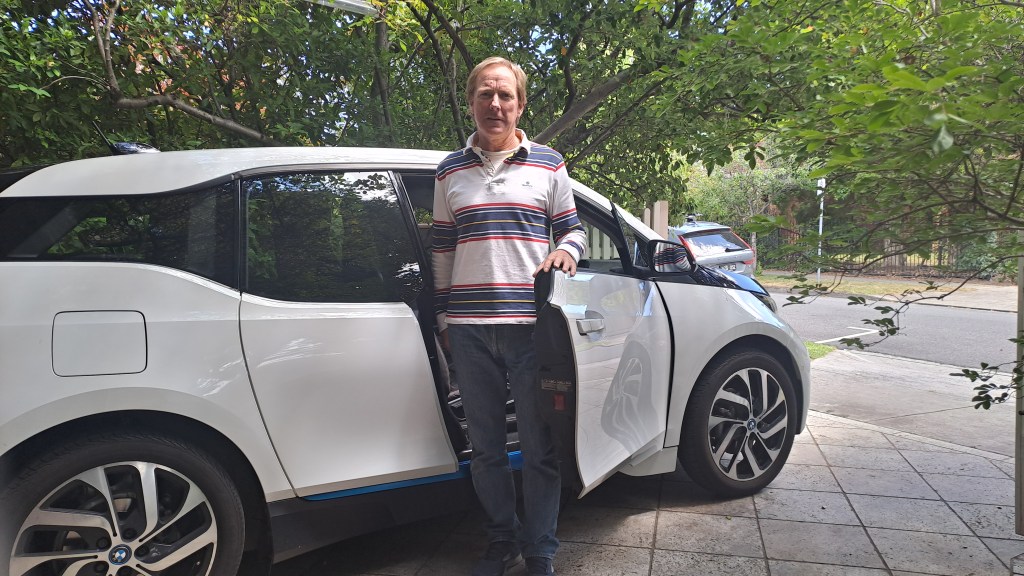
So he and his wife left the Australian-made station wagon in the garage for the month, during which they only drove their eight-year-old electric BMW twice. “Just on her urgent things. Other than that, we didn’t drive at all.”
Russell is lucky. He lives in Malvern in Melbourne’s east which is well served by trams, trains and buses. But he also tried an e-bike for the first time and had only rarely caught Ubers in the past.
So what did he learn?
“I think the biggest part is actually adjusting your life around doing it that way. We shop more locally now. We collect more things when we go out and don’t be as spontaneous as business would like us to be and just rush in and buy something because it’s on sale today. It’s really made you think ahead.”
The 58 participants had a week of being studied with their normal car usage to establish a baseline, before going four weeks driving one less car. Two-car households went down to one, one-car households went down to no cars, and there were six participants who never owned a car in the first place but who were there to compare behaviours with the newly carless.
Walking the walk
Perhaps unsurprisingly, Uber ride share was the biggest winner from the trial, with trips increasing 450% over the course of the trial. But that was from a very low base. In the first week, only 1% of trips were taxis and rideshare.
The biggest absolute increase in trip numbers was walking.
Uber Australia’s head of sustainability strategy, Anna Brito, explains that the company was accumulating data on how Australians were moving about, but it didn’t understand why they were travelling the way they were.
There are 15.1 million private cars in the country, which is one of the highest rates in the world. Private cars make 72% of all trips undertaken by Australians.
“Every day around two million trips in Sydney are occurring under 2km. And they tend to be just one person,” says Brito. “People are reflexively reaching for their cars because that’s how our cities have been built. It’s an easier, more convenient way to get around. We really need to be thinking about 20 years from now. Do we really want to continue on this trajectory? Is that going to be best for our children, for our communities at large?
“Aussies spend six days a year stuck in traffic. That’s an average. It’s obviously higher for some. One hundred and thirty days looking for parking. No thank you. We’ve just assumed this is the way life is. It’s time to ask, can we do better? That’s why we wanted to engage in this topic and to understand what could be different.”
Anna Brito, Uber Australia’s head of sustainability strategy
While the number of cars continues to rise, we’re driving them less: 2.5m cars drive less than 5,000km. “We wanted to find out who are these 2.5 million people who own these cars that don’t make sense. We found that most of them are in two-person households. Not really a surprise. This is the second car. The primary car gets a lot of use. The second car is used maybe on the weekend to take one kid to sport … People are spending thousands and thousands of dollars just for these one-off occasions.
“But we needed to understand the pain points of not owning that second car, that was the genesis of the One Less Car trial.”
Participants estimated they spent around $4,500 a year on their car. When prompted to include maintenance and insurance, they upped their estimate to $5,900. Whereas Uber says industry data estimates the average annual cost of owning a car in Australia is more like $16,000 to $19,000.
“We knew from the analysis it didn’t make economically rational sense,” says Uber Australia’s head of mobility policy, Ashleigh Cormack. “But we also want to acknowledge that while it might not be economically rational, people aren’t rational. There are many behavioural and cultural reasons why people own private cars, but also, people might not have access to alternative modes, for example those living in the outer suburbs.
Uber’s Key Findings
- Participants needed access to at least four different alternative modes of transport to get where they needed to go.
- Walking increased the most in absolute terms, followed by cycling and rideshare. But rideshare increased the most (450%) relative to how much it was being used before the trial. This number would be skewed by the Uber credits.
- Car share trips (ie, Uber Carshare, formerly Car Next Door, where people allow others to use their idle vehicle) almost doubled, allowing people to, for example, take a weekend away.
- While walking increased most in terms of raw number of trips taken, step count only increased from 7,509 in week 1 to 8,253 a day.
- The perceived health benefits of car-free living corresponded with increased satisfaction with their communities.
- Most participants massively underestimated the cost of running a car.
- Many participants said at the end that they would continue to use alternative transport modes, with three participants indicating they planned to sell one of their cars, or make their car available on Uber Carshare.
Cormack gets it. She’s a working mother of a young child. “My boot is full of my pram, my nappy bag. That’s hard to shift onto other modes. We need to accept that and go, ‘Okay, how do we start to chip away at it?’
“As much as we like to think people want to save the planet, environmental thoughts are further down than other things. The big challenge with this is that competing with the private car’s ease and convenience is tough. It’s doable and there are things that make the private car not easy, traffic, parking and congestion being the top ones, but on the whole they’re pretty good.”
“It’s surprised me how easy this has been, how unstuck I’ve felt, and how many positives have come out of it.”
Female One Less Car participant, Adelaide, 1-car owner
Amsterdam, where bicycles rule
Uber launched the Australian study in Amsterdam – where 36% of all trips are by bike, compared to Australia’s 1% – as a demonstration of how a city could work with fewer cars. Uber’s global sustainability strategy lead, Chris Hook, denied the company’s green concerns in getting people to own fewer cars were actually blatant self-interest. “We wouldn’t want to pretend we’re not wanting to be a bigger part of an ecosystem where we’re helping people move around the city, but the relative share is massively different. Uber might see some small benefit from people who give up their car, but a much bigger beneficiary is going to be active travel: the use of public transport; the use of bikes and scooters and other things.
“This is us trying to think about the bigger picture.”
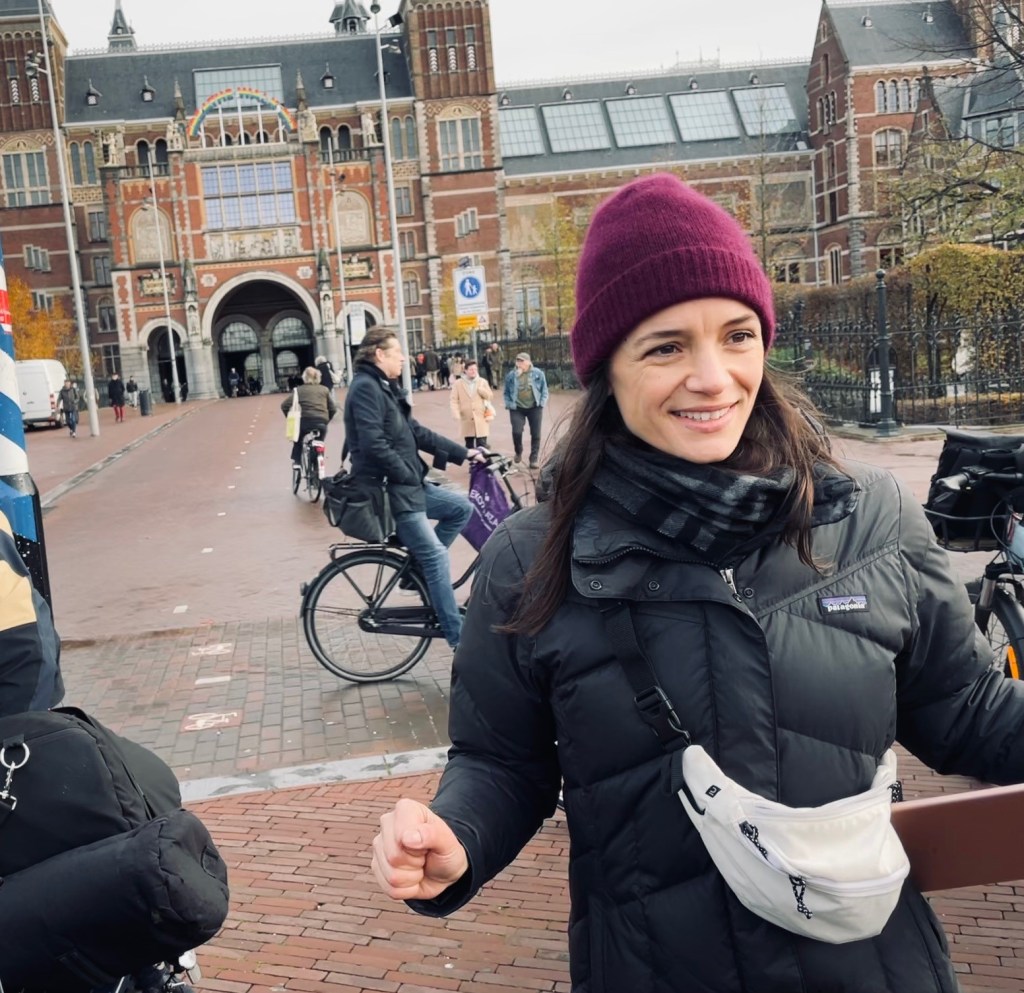
A group of journalists is being led on a tour of Amsterdam by urban mobility researcher Dr Meredith Glaser, executive director of the Urban Cycling Institute. Glaser, an American, has lived in the Netherlands since 2010. As we pull up at a traffic light on our heavy Dutch bikes, she explains that she contemplated returning to her native California but didn’t want her children to lose the independence afforded by Dutch cycling culture.
After a short ride, we pull up outside the famous Rijks Museum. “This is the key. Proximity,” she says. “In the city centre and most of Amsterdam, we see very small distances of trips. And this is the case for a lot of cities. I was just looking at Australian data, and up to 60% of trips in Australian cities are below 5km. Those are very cyclable distances. It’s the same in the US and Canada. Here, most trips are under 2km. So the key is land use … we have a lot of people and a lot of places, all very close together.”
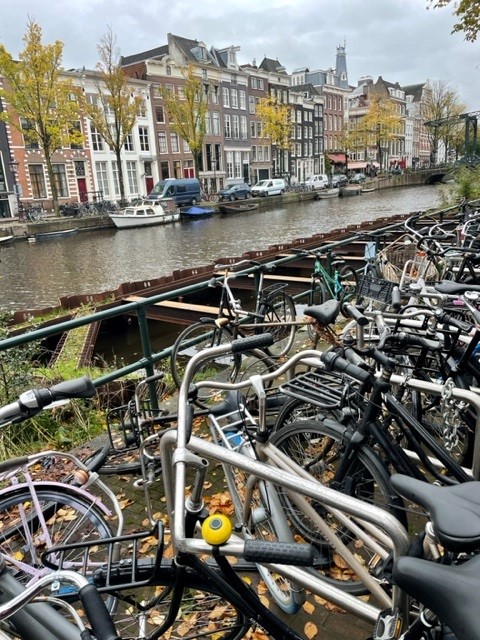
But Amsterdam hasn’t always been so cycle-friendly. Now, the road under the Rijks Museum is a cycleway but Glaser pulls up a picture from 1981 showing it full of cars. “This used to be a highway,” she says. Cycling in the Netherlands had peaked at 88% of all trips in the decade after World War II, but declined steeply in the 1960s as cars took precedence, before bottoming out in the mid-1970s.
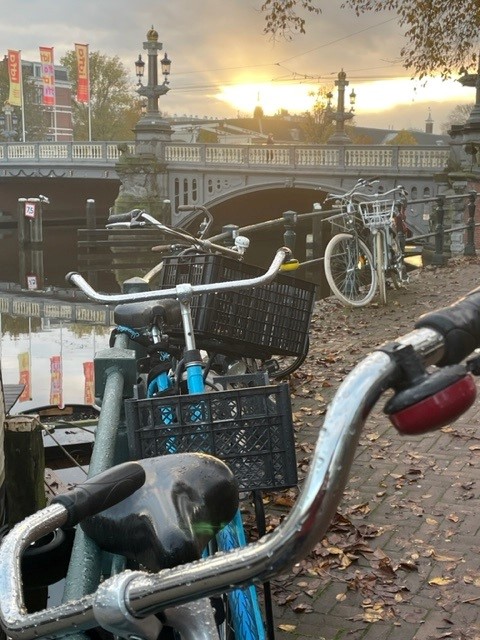
She says there was no single decision to flip back to bikes. No single policy. “It was the oil crisis. This is a time when John Lennon and Yoko were in bed with a bicycle protesting for peace … Air quality was decreasing. There were 1300 deaths a year from traffic crashes. This was mounting for several years before any action was taken. It wasn’t until 1991 that the city of Amsterdam adopted stringent traffic calming and parking policies. That’s not that long ago.”
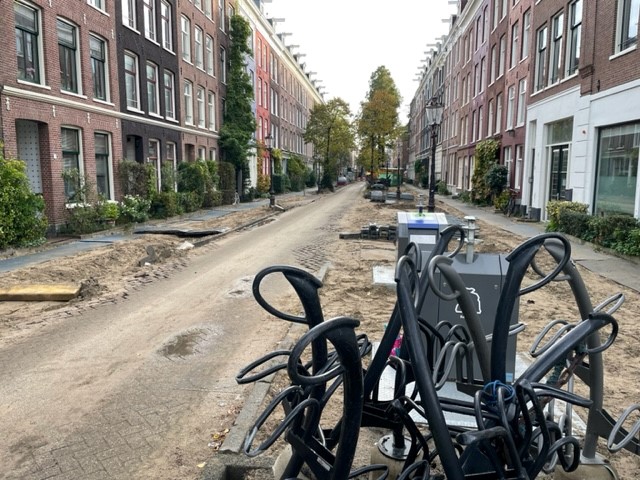
And it’s a work in progress. A current focus is taking parked cars off the street. The city is building a series of underground – and below sea level – car parks where drivers drive into a garage-sized box, and leave the car before it is taken down automatically and stored. When they return, they summon the car back to the surface.
There’s also been a huge program of building underground bike parking at railway stations. In the city of Utrecht, there is room for 30,000 bikes. Amsterdam recently completed a 7,000-space bicycle parking garage at its Central Station for 60 million euros.
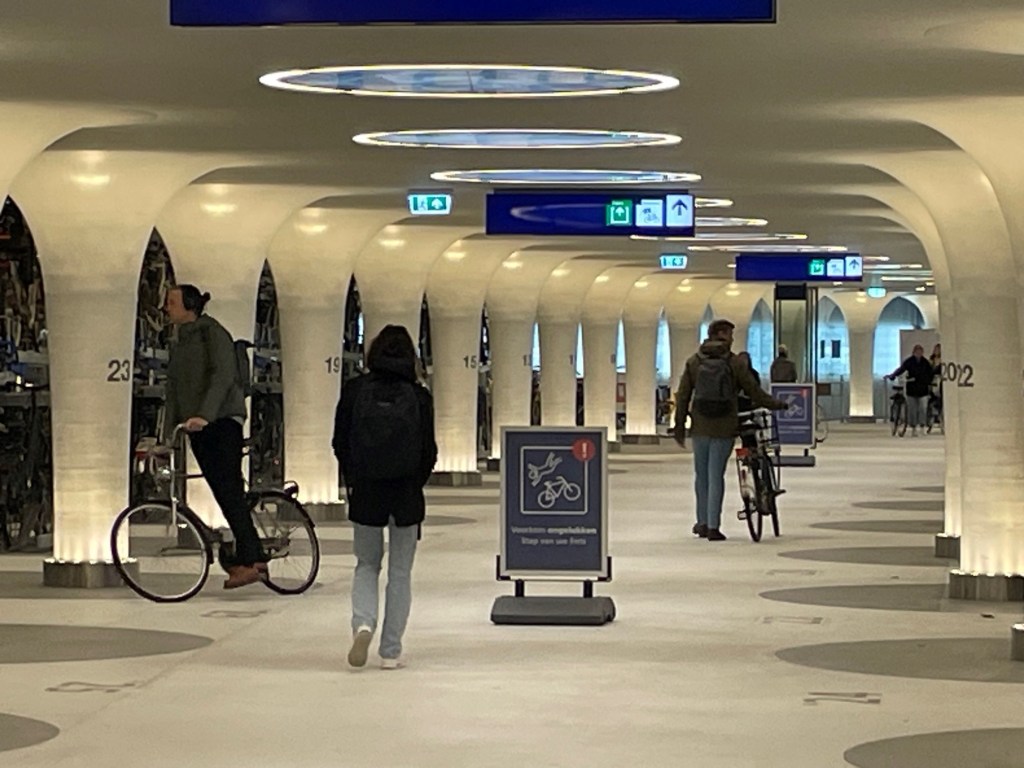
Now standing in a street where most of the car spaces have recently been moved underground, she admits it’s a lot of money to spend on car parking. “However we have to balance those costs with the costs to society of providing parking spaces at people’s doors.
“I should also mention that only about 30% to 40% of households own a car in Amsterdam. This is much lower than the country average. So with that there could be a lot more space for other types of things in the street.
“The conversation didn’t start with ‘we’re going to take away your parking spaces.’ It started with ‘What do you miss in your neighbourhood?’ and what came back was benches greenery, spaces to play, bicycle parking. This street has been finished. The next few streets are still under construction.”
Glaser says that cycling fits well with the Dutch sense of frugality and egalitarianism. “There is a certain quote unquote, Dutchness, about it.” In a day’s worth of cycling around Amsterdam, we don’t see a single helmet, a single racing bike and not a thread of Lycra. “These bicycles that people don’t take care of, that are thrown around, that are used more like an appliance … People don’t go to cycling cafes, they don’t wear special clothing for riding a bike. It’s not generally discussed.
“And the great thing is, if I’d said the car was getting phased out in this street 20 years ago, I might have rotten tomatoes thrown at me. Now all the cafes are like, ‘When is it going to happen?’
Landscape architect Ruwan Aluvihare
Landscape architect Ruwan Aluvihare, is one of several “chief urban designers” for the city of Amsterdam which – for all its 400-year-old buildings and streets – may well be the most designed city in the world. “We’re the only city in the world that has 350 designers working on the city all the time. More or less everything is done by the government,” Aluvihare says.
He’s currently working on a 50,000-unit development that will have only one car park for every five dwellings. “It’s revolutionary. We’ve never done that before.”
He says that even in 2000 nobody was thinking about mobility but everything has changed now. “We used to design streets from the middle to the outside … We used to first think of the car and what’s left over at the edge is for the pedestrian. What we do now is we first think about the pedestrian, then the cyclist, and what’s left over is for whatever fits in. Sometimes the car doesn’t fit. It’s the tram and bicycle.
Bad economics
“You have much bigger pedestrian areas with the possibility for seating and cafes, and the great thing is, if I’d said the car was getting phased out in this street 20 years ago, I might have rotten tomatoes thrown at me. Now all the cafes are like, ‘When is it going to happen?’ Because pedestrians bring more money than cars.”
He wants to stress that they’re not anti-car. “We’re just pro-pedestrian.”
“I worked out that the average speed of all modalities in the city is 15km/h – cyclist, car and public transport, but the car takes up 16 times more space than a bicycle, so it’s just bad economics to allow cars to have so much space. That doesn’t apply to the suburbs, but it applies to the city centre.
But Amsterdam is still a work in progress, he says, testing out ways of doing things better, like a new sign saying “the car is the guest”, giving cyclists priority over automobiles.
He says Australia shouldn’t be afraid to experiment in ways to mix up pedestrians and cyclists. “before jumping into being too infrastructural …Experiments are just amazing.”
As for James Russell, the former automotive exec who took part in Uber’s experiment, he sees the need to change. “The issue with cars is that they were introduced at a time when the alternative was riding a horse. Then it became something for everybody. But the population of the world has gone from hundreds of millions to billions. We’ve long since passed the point where there’s enough space and resources to soak it all up. We’ve got a step outside that and say, ‘What’s a model that fits what we know now?’
“Some people can think like that. You just step completely outside where you are. And say how would you deal with this now? And my firm favourite is self-driving cars that you don’t own … One car services five people’s requirements instead of one. And then you only have 20% of the cars produced. So instead of producing 90 million cars a year you only produce 15 or 20 million. And then we don’t have this sudden issue with critical minerals and batteries and all that stuff because we don’t have to produce as many … I mean, I’m in a business that was running 24 hours a day, seven days a week to get the best use of our equipment and yet, I owned a car sitting in the garage 23 hours a day depreciating, which was a bit stupid.”
Uber’s recommendations to “unlock the Big Move”
- People need access to four different modes of transport in order to live car free.
- Price access to city-centre roads to encourage behaviour change through parking charges, road tolling, congestion charges and clean-air zones.
- Unabashedly focus all government policy areas on securing the future well-being of people over a very long time scale. “In practical terms, the current system will prioritise spending on a road upgrade yielding a 2-minute travel-time improvement compared to a rail project that will future-proof a new community with a sustainable, car-free travel option.”
- Reform health and net-zero policies to encourage more active lives and reduce emissions through devising and promoting travel behaviour change initiatives delivered in partnership with industry, communities and the third sector.
(Mark Whittaker travelled to Amsterdam courtesy of Uber Australia.)

